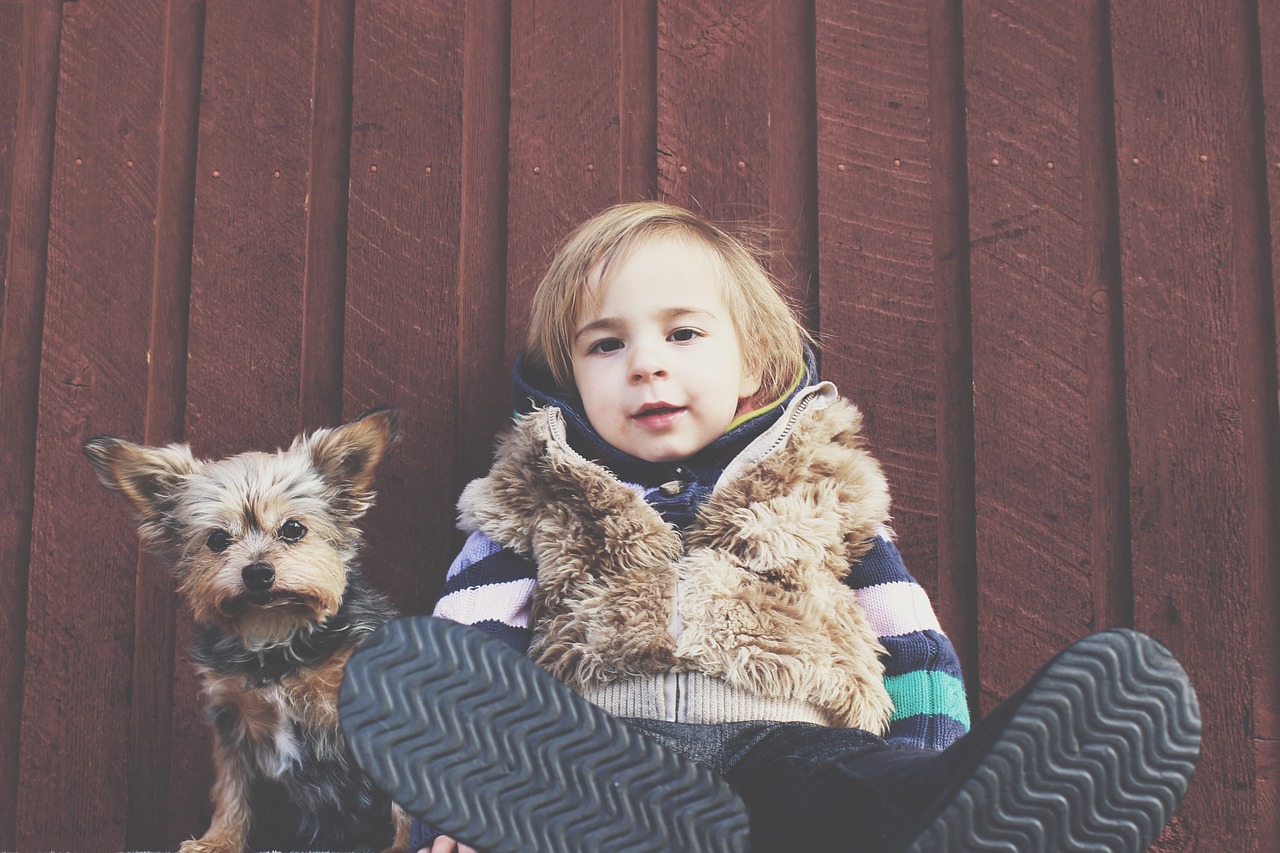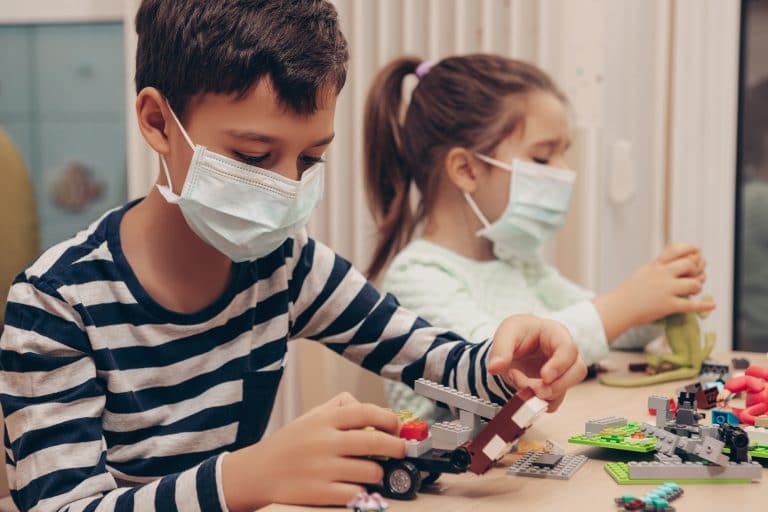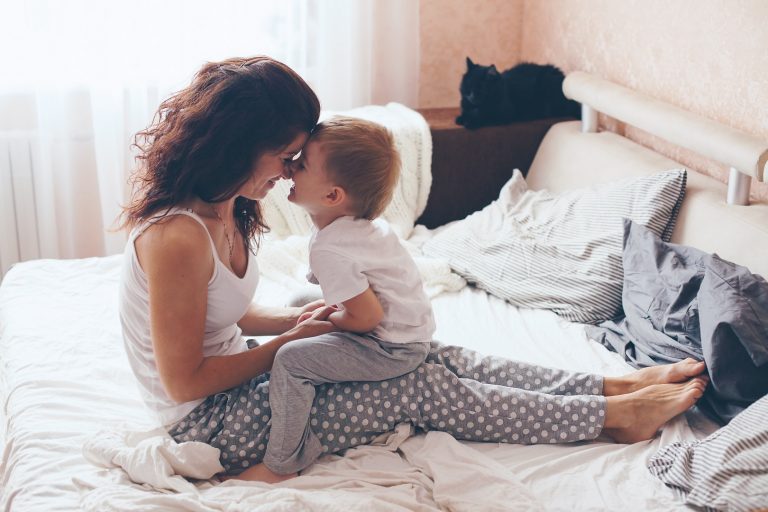Pets and children are two of the most adorable beings you’ll ever have in your home. The good thing here is that children benefit a lot from having friend animals, even at a young age.
Having a pet helps them learn how to become responsible for another being. Developing feelings of love and care for pet animals also boosts their self-esteem and confidence.
A good relationship between a young pet owner and their furry pal also aids in the development of a child’s non-verbal communication skills and builds trust and respect for others. It can also help them learn empathy and compassion – two qualities that make humans humane.
But if you want your little one to get the most from having a pet, you must first select the right one based on certain factors. Here are five tips to help choose your child’s first pet:
In This Article
Consider You and Your Child’s Pet Readiness
People often think that just because they want a pet, they can already have one. However, making hasty decisions that involve the care of another creature is a mistake. If you’re not ready, you might find yourself overwhelmed by the additional task, expenses, and worries you would encounter with pet ownership.
The pet you’re bringing home will be your child’s responsibility. But as the parent, it is your job to make sure that the animal stays healthy while your little one still learns the ropes of being a pet owner.
To determine if your household is ready to have a pet, answer these two questions:
- Is your child prepared to take on the care of a pet?
- Are you committed to supervising him in this endeavour?
Only after you answer a pair of resounding “yeses” to these questions should you move on to the next part of the pet selection process.
Start with Small Animals
When picking out your child’s first pet, it would be wise to start with something small. Fishes, rodents, birds, and other caged animals are preferable since these require less face-to-face encounters with their owners.
Since the animal’s “official” owner would be a child, you must keep the pet choices within their caring capacity.
Of course, not all small animals are cut out for this.
For example, rodents like hamsters and other smaller mammals may require a bit more care than, say, a goldfish, but they do give back a bit more than aquatic animals.
Most of them can thrive even with a relatively small living space like a cage. Plus, their care is relatively easy to understand and perform – simply have their food supplies ready (pet food delivery, anyone?), give them the occasional gentle petting, and you’re good to go.
Take note, however, that most of these pet animals are best adopted in same-sex pairs (except for solitary creatures like hamsters). There is also the occasional biting you should watch out for, should the rodent feel threatened.
Match Kids’ and Pets’ Personalities
Having a difficult time finding the right pet? The issue might be because they don’t match your child’s personality.
This is perhaps the greatest challenge parents face in this endeavour. To make the task easier, experts recommend you remain realistic about the pet and your child.
For instance, if you have a very active child, you’ll need a pet that doesn’t get nervous easily. A fearful animal with a very active child – this is the most challenging combination.
Do your homework before the adoption and learn about the unique temperament that the animal breed is known for — this is critical, particularly when matching dogs with kids. Veterinary behaviourists recommend that parents take their time in understanding both the type of animal and breed-type before matching it with their child.
Moreover, cats and dogs should be properly trained and socialised with humans through positive reinforcement strategies. Your child and their first pet can also gain a lot from obedience training.
Keep it Age-Appropriate
Besides their personalities, children’s ages also affect how well they can handle their first pet. Many are born into families that already include a furry member and may already be integrated early on.
However, if your household has yet to welcome a furry, feathery, or even a scaly new member, you’ll need to talk to more people other than pet food suppliers.
Of course, vets are the best people who can offer sound advice about this. And one of the things they would recommend is to keep your pet choices age-appropriate.
Below are some things you should know or think about to determine the appropriate pets for children of every age:
Preschoolers
Children in their preschool years can help with basic chores involving their pet, like grooming or arranging their living quarters. But if your child is below six years old, you should always supervise when they are around pets, regardless of the animal’s size and activity.
Elementary Years
In elementary school, children already gain some knowledge and skill to keep their own fish in a bowl or aquarium or small caged animals.
You’ll be glad to know that children at this age can take more responsibilities in feeding, grooming, and entertaining their pets, even larger ones like cats and dogs. The level of obedience of the animal and personality match with your child would be the deciding factor. But don’t stop supervising pet care and maintenance just yet.
Ask for Recommendations
Pet shops and vets can offer you valuable insights on the type of pet you can bring home for your child. Different breeds of dogs and cats usually make up this list, but there are other animals that are considered child friendly, as well.
For example, hamsters are classic small pet choices because of their straightforward care requirements. They can also be trained to use the litter.
But hamsters can be a bit nippy, especially small breeds. Female hamsters can be quite aggressive, and smaller ones are more challenging to handle.
For this reason, experts recommend sticking to bigger breeds like the Syrian hamster. Put off getting a Russian or dwarf breed for your child until they’re old enough to tame the animal.
Let Pets and Children Grow Up Together
Although it may seem scary to expose your children to animals, there are plenty of reasons to let your child grow up with a pet. To ensure your child can make the most of the experience, pick the right first pet for them using these tips.











